Disrupt Or Die: How To Get Started With Disruptive Marketing
The pace of change within our world has never been greater, which can invariably lead to challenges for marketeers. In some cases, rather than wait for conventional marketing wisdom to catch up, it may be prudent to actually lead the narrative with tactics that you believe will work for your brand.
This is precisely what disruptive marketing is; it’s the deployment of experimental marketing techniques with the aim of challenging traditional marketing practices within a segment of the market. For a deep dive into Quantock’s take on what the benefits are of disruptive marketing, read on below…
Understand Disruptive Marketing
At its heart, disruptive marketing is all about change. It seeks to challenge and subvert a consumer’s prior perceptions, about what a brand stands for, but also how it communicates. As such, disruptive marketing is intrinsically tied to technological innovation, which allows for new channels and new ‘unseen’ methods of connection.
Many disruptive marketing practices eventually turn into ‘traditional’ practices over a period of time, due in part to the fact that the market audience becomes used to particular ‘new’ tactics.
The very thing that makes disruptive marketing so effective, is what also makes it so risky. The ‘newness’ of disruptive marketing can lead to marketing failure, as performance predictions are often impossible.
Identify Opportunities for Disruption Marketing
In order to identify new opportunities for disruption, you first have to consider and analyse your market. It’s important to have a thorough knowledge not just of what the current market is doing, but also of what innovation is already on the horizon.
This should start with comprehensive market research, involving trend observation and analysis. You can conduct this research yourself, by using other’s observations upon the wider market. It’s also very beneficial at this stage to analyse your existing customer behaviour, and identify any perceived pain points or unmet needs. From these, you can start to brainstorm innovative solutions which will not only solve deficiencies, but provide an outright competitive advantage.
Understanding consumer behaviours and perceptions is crucial for building effective strategies. Our recent rebrand of Omsco into Organic Herd is a great example of how Quantock used consumer insights to develop a brand strategy that was targeted at challenging the perception of what an organic brand looks and sounds like. You can read more about our process, and project in general here.
Be Receptive to New Technology
As mentioned previously, disruptive marketing is often intrinsically tied to technological advancement and innovation. These provide new and exciting ways to connect with your desired target audience, with more opportunities for communicating the message of your brand.
Adopting new technology ahead of your competitors will allow you to occupy maximum consumer bandwidth within a given space – and a given time scale. As established channels become more and more saturated with content creators, brand accounts and spam bots, standing out in the digital sphere has never been harder, so you need to keep abreast of latest developments. For example, the integration of artificial intelligence into almost every aspect of our lives has meant that personalisation as a disruptive tactic is now easier than ever. However, this has led to a tsunami of poor-quality marketing ‘personalisation’, which is improperly thought through and badly implemented.
New technology invariably leads to more data, and so be sure to track your conversion rates, to ascertain how effective your disruptive marketing strategies are.
Be Creative in Your Approach
The aim of the game is to be positively memorable, and surprisingly unexpected. You want to be able to catch your target audience when they least expect you, and to behave in a way that surprises them, but in a good way.
One disruptive marketing tactic that Hienz has adopted is to partner with already disruptive brands, and create brand collaborations which are wholly unexpected. Whether it’s lending its unique colour to Lick’s latest paint hue, or joining forces with Absolute Vodka during the pandemic, Heinz has begun to enjoy success by shaking up its perceived persona of being a traditional stalwart of the store cupboard.
In and amongst the development of your disruptive marketing strategies, it’s also important to consider how you can better integrate innovation and creativity into the fabric of your organisation. By making innovation part of the corporate culture, rapid and agile marketing strategies will be much easier to implement. You can do this by incentivising collaboration, and by clearly communicating the benefits in the implementation of new ideas – making them attractive ventures.
Build a Strong and Unique Brand Narrative
Strong and compelling storytelling is important for securing success with both your external and internal audiences. When adopting disruptive strategies, a brand comes under increased scrutiny, and so having a clear sense of identity and purpose is crucial.
When telling your brand story, try to tell it in a way that no other brand does. Make your disruptive strategies wholly ownable by your brand – this way, they won’t be able to be copied by your competitors. On top of this, it’s important to ensure that your brand narrative is authentic, and one which your customers can trust. Consumer trust is at an all time low, especially within younger demographics. Try to build an enduring relationship with your audiences, and use disruptive marketing as a means to grow this.






